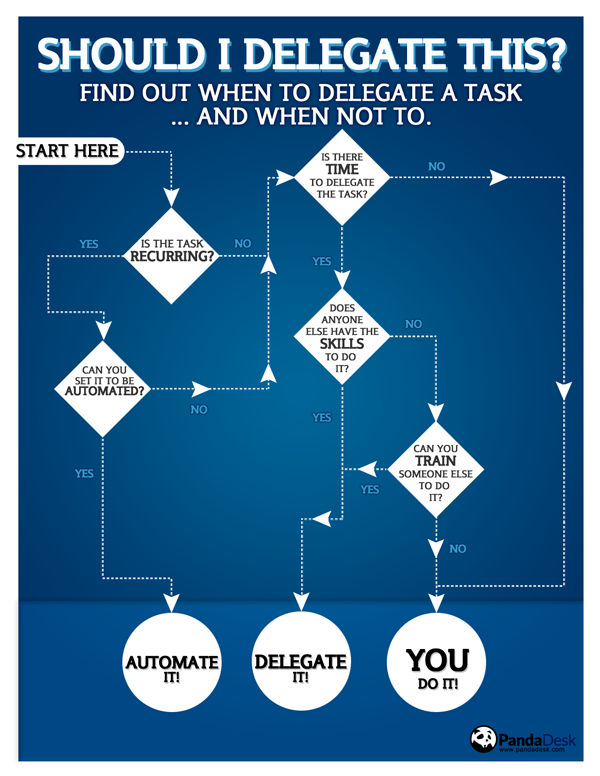Live a while and you will find yourself in a situation at work where things don’t go the way you expect. When these challenges hit, a natural response is to flee or to lose hope. Remember, you don’t have to do either. You have a lot more power than you think when it comes to managing your success in the workplace. If you are intimidated by the thought of advocating for what you need in the workplace, follow the 6 work plays below to advocate for yourself and get the most out of your current work situation.
Play #1. Believe in you and what you bring to the table
The first step in standing up for yourself in the workplace is to believe that you are worthy enough to represent your interests. Start by believing that your skills, abilities, and talents that helped land your current role. When you realize you were enough to get where you are, you’ll be in a much better mindset to move forward and advocate on your behalf.
Play #2. Remember the only one that can read your mind is you
Never assume that anyone knows how to support you or know what’s bugging you – you have to speak up to get the right support. All managers don’t manage the same way and all team mates don’t behave the same. If you are struggling in a particular area at work, and you need feedback and guidance, you have to ask for it.
Play #3. Understand the big picture or ask for it
When things happen in your organization that you don’t understand, know there is usually some history behind the situation that explains why things are the way they are. In order to advocate for yourself, you need to see the situation from the other side’s vantage point. Get organizational context as you assess your situation. If you don’t have that information, take some time to ask a few questions to those who have that perspective.
Play #4. Evaluate the good and bad
Are you unhappy about everything happening in your work situation? Probably not, try not to lose sight of the benefits of every situation. A negative perspective of your situation can quickly overtake the positive aspects. So when you feel like giving up, take stock of both the good and the bad. Most likely, there are benefits worth considering and possibly fighting for.
Play #5. Identify your ask and position your message
When you identify what isn’t working, make a list of your specific work requests. Frame your concerns in a way that show how these issues, when resolved, will help the team, the manager, and the entire organization. By leveraging your talking points this way, you can effectively turn what may sound like complaints into something much more positive for everyone on your team.
Design a conversation with your manager or team member where you can calmly and clearly present your specific talking points.
1. Outline your current situations
2. Share what is going well
3. Share what you want to see change
4. Propose a resolution that will make you and your boss more successful
Play #6. Note that resolution doesn’t always come immediately
Resolution doesn’t always come immediately after “the talk” and you may not always get everything you want but after a well-crafted professional conversation you should get a lot more than what you had before the conversation. You should now have a little more idea of the opportunities you have to change your situation and empowered that you made the choice to stand up for you.
Don’t leave your power on the table because you feel frustrated or defeated. Conquer your fears and manage how you receive the type of support you need to be a more valuable team player.
What ways have you used to advocate for yourself at work? Comment below and share your ideas.




